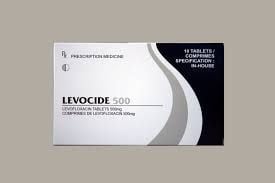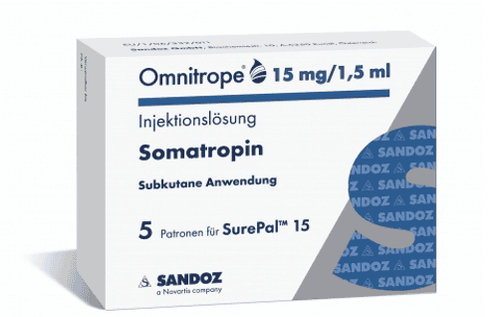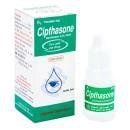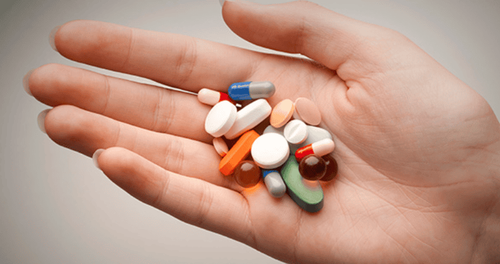This is an automatically translated article.
Nadixlife is an antibiotic belonging to the Quinolone group, effective in the treatment of uncomplicated urinary tract infections, caused by gram-negative bacteria. For effective treatment with Nadixlife, users need to know information about uses, doses, and notes when taking the drug.1. What are the uses of Nadixlife?
With the main ingredient is Nalidixic Acid 500mg, Nadixlife drug is used to treat uncomplicated urinary tract infections caused by gram (-) bacteria (except Pseudomonas bacilli).Previously, Nalidixic Acid was also used in the treatment of gastrointestinal infections caused by Shigella bacteria. But now, because there are other antibacterial drugs (Fluoroquinolone, Cotrimoxazol, Ampicillin, Ceftriaxon), Nalidixic is mainly used to treat uncomplicated lower urinary tract infections.
*Note: Quinolone antibiotics (especially Nadixlife) should only be used in patients who have no other alternative treatment options.
2. Instructions on how to take Nadixlife
Recommended dose of Nadixlife for adults: Take 2 tablets x 4 times/day. Minimum duration of treatment is 1 week. If treatment lasts more than 2 weeks, the dose must be reduced by half; Suggested Nadixlife dosage for adolescents (>30kg): Take 1-2 tablets x 4 times/day; Suggested Nadixlife dosage for children (3 months - 12 years): Take 50mg/kg/day x 4 times/day. (If treatment is prolonged, consider a dose of 30 mg/kg/day). To ensure Nadixlife drug maximizes its use and safe treatment, patients need to apply the exact dose as recommended on the package, the instruction manual or the instructions of a qualified doctor. Absolutely do not arbitrarily calculate, adjust the dose at your own discretion.
3. Nadixlife drug side effects
Nalidixic acid is generally well tolerated and adverse reactions are usually mild, so an exact incidence of adverse effects based on clinical trials is not currently available. However, here are some reactions users may still experience during treatment with Nadixlife:
Common side effects:
Headache; Nausea and vomiting, diarrhea; Blurry vision, double vision, non-standard color vision; Phototoxic reaction / blisters in case the patient is exposed to the sun during or after treatment. Uncommon side effects:
Increased intracranial pressure (especially in children); Urticaria, itching, contrast. Rare side effects :
Confusion, hallucinations, nightmares; Anaphylactic reactions; Leukopenia, thrombocytopenia, eosinophilia, hemolytic anemia (especially in people with glucose 6 phosphate dehydrogenase deficiency); Joint pain, angioedema. If you experience the above reactions during treatment with Nadixlife, the patient should actively notify the specialist doctor for instructions on how to handle it properly.
4. Notes when taking Nadixlife
Contraindicated using Nadixlife for the following subjects:
People who are sensitive to nalidixic acid or Quinolone antibiotics; The patient has a deficiency of the enzyme Glucose-6-phosphate dehydrogenase (G6PD); People with a history of epilepsy, convulsions, central nervous system disorders, cerebral vascular occlusion; Children <3 months old; Patients undergoing chemotherapy for spinal cancer (eg, taking the drug Melphalan), because it can cause hemorrhagic ulcerative colitis, intestinal necrosis; Patients with anemia, hematopoietic disorders, epilepsy, increased intracranial pressure. Nadixlife should be used with caution in the following cases:
Patients with hemophilia, high plasma binding rate of nalidixic acid; Patients with hepatic impairment, severe renal impairment (Cr clearance <20ml/min) need to reduce the dose; Children under 15 years old, pregnant or lactating women should consider carefully before using; Patients with cerebral vascular occlusion, epilepsy, liver disease treated with Nadixlife for more than 2 weeks should be combined with periodic monitoring of blood counts, liver and kidney function; Patients with myasthenia gravis, stomach ulcers, hepatic coma...













